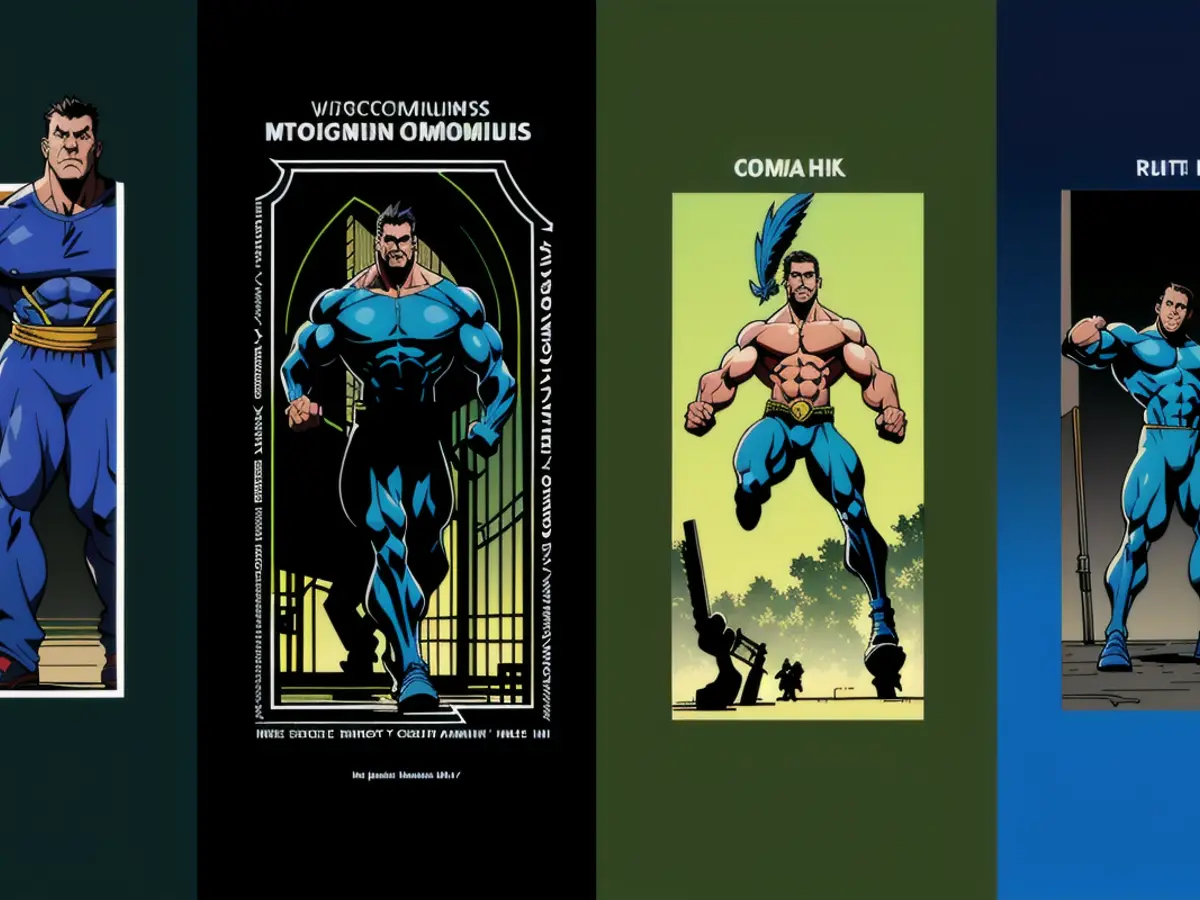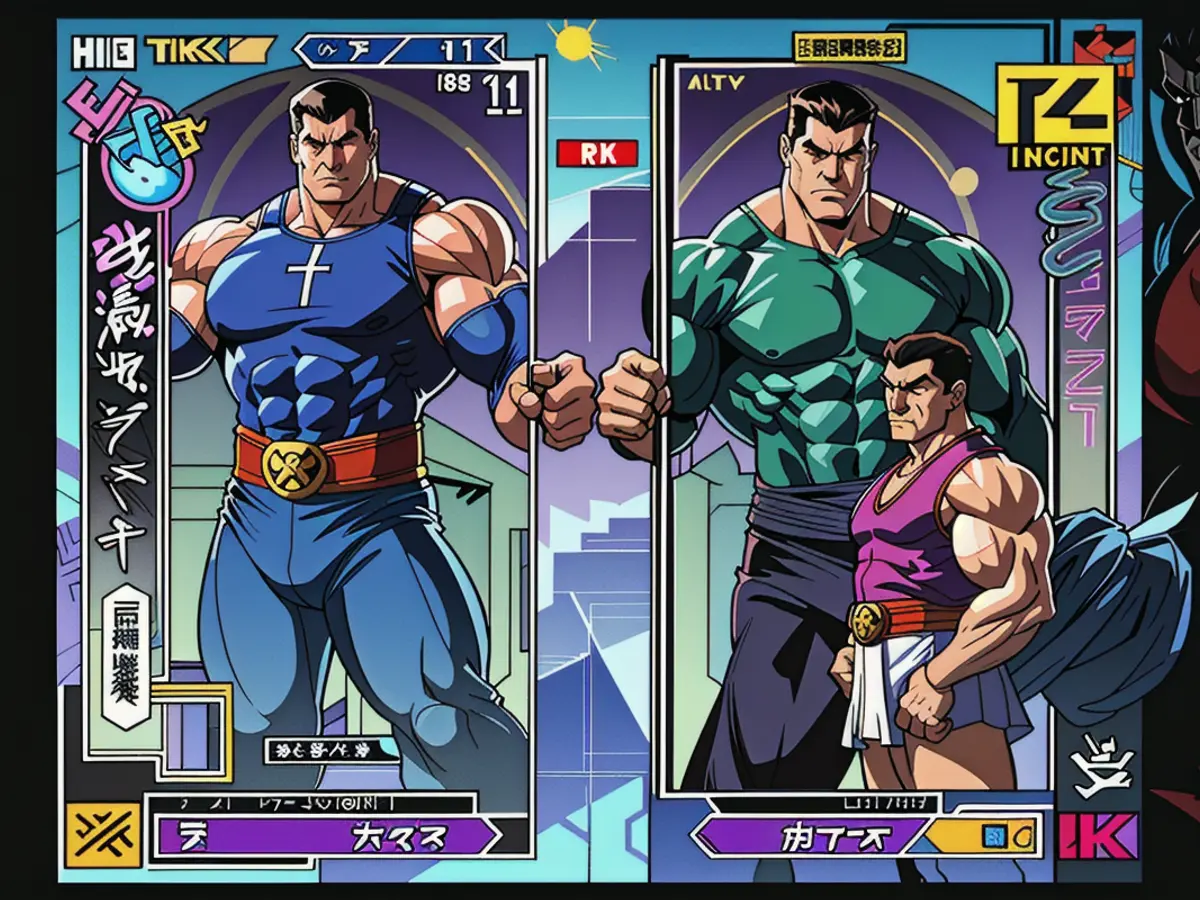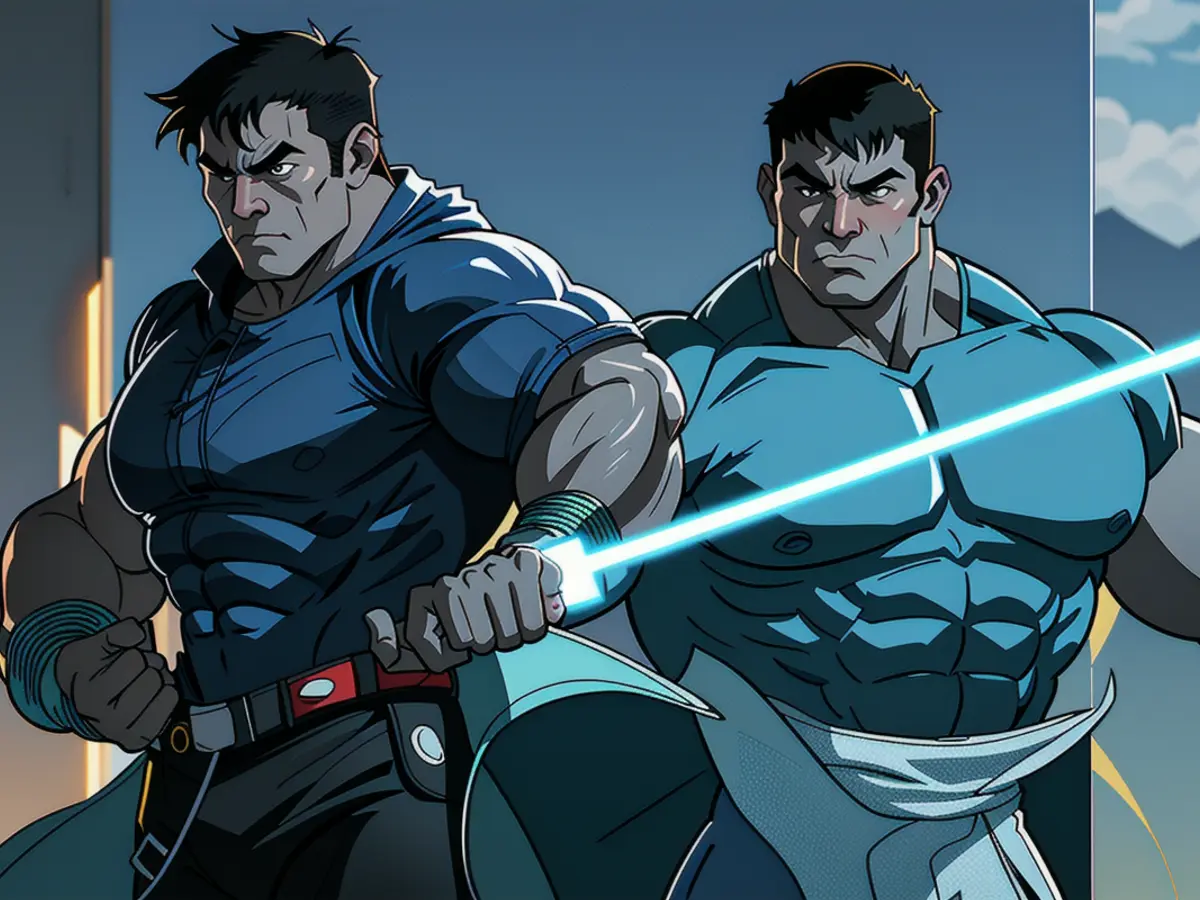The "Interactive Documentary" titled Tetris Forever seamlessly aligns with the broader chronicles of Tetris' historical background.
The brick drops, and you slot it into position. The line vanishes. The score multiplier flashes a fresh, elevated figure. The subsequent brick falls. The cycle of Tetris is deeply ingrained in gaming lore. Despite four decades and more than fifty titles donning the Tetris label, every release has essentially remained the same. How do you scrutinize the chronicle of a game that hasn't evolved? Digital Eclipse's initial foray into this conundrum with the interactive documentary Tetris Eternity poses this very question to players.
Digital Eclipse, now under Atari's ownership, has carved out its reputation in gaming by fixating on gaming's legacy. Given my observations of Tetris Eternity, the team's meticulousness hasn't wavered since the studio's 2023 acquisition. Previously, we discussed the laborious process Digital Eclipse undertakes to revitalize vintage games, such as the studio's last multi-game narratives, Worms Armageddon: Anniversary Edition and Atari 50: The Anniversary Celebration.
© Image: Digital Eclipse
Tetris Eternity offers a comprehensive expedition into the annals of the line-clearing puzzle game's early history, from Alexey Pajitnov's original design on the Electronika 60—which lacked a scoring system, soundtrack, or colors—through publisher Henk Rogers's celebrated distribution strategy, and now, where it remains the best-selling game worldwide. It's a significantly more sober chronicle than the 2023 film's thrilling spy storyline. Like Digital Eclipse's other titles, the game is presented in a chronological format. You can peruse original design blueprints for the original title and engage in interviews with developers and other notables in the gaming industry. Then, you can even play some of these historical versions of the classic puzzle game.
Tetris enthusiasts might be underwhelmed by the fact that only fifteen distinct versions of Tetris are featured on the disc. This is a consequence of the current Tetris licensing quagmire. The game is the most ported title on record, earning a place in the Guinness World Records. It's also a game caught in an endless licensing purgatory. Atari does hold some licenses, but numerous corporations, including Microsoft and Warner Bros., also hold stakes.
There's no exact replication of the classic Game Boy edition of Tetris Eternity. Nintendo retains ownership of that license and is unwilling to relinquish it. However, the game does include several titles, such as Tetris Battle Gaiden, that never saw widespread release outside of Japan. Additionally, it features some lesser-known Tetris variants, like Super Bombliss, which challenges players to deal with explosive blocks capable of eliminating multiple lines at once.
Then, there's the new variant of Tetris. Jason Cirillo, the lead developer on the game, watched me struggle in vain to clear lines in Tetris Eternity's new Arcane mode. It's similar to regular Tetris, except for the occasional peculiar-looking “Arcane” brick that descends once you clear ten lines. Whenever you clear a line with that special brick, you're transported to a different version of Tetris from four eras: 1984, 1989, 1993, and even a futuristic variant. If you can conquer a time-limited challenge in that alternate era, you can earn additional points.

Arcane is also available for head-to-head multiplayer. In this mode, when you clear a line with an Arcane block, you penalize your opponent and force them to return to an earlier version of Tetris. While they navigate out of their predicament, they can't defend against any attacks.
Henk Rogers and Alexey Pajitnov engage in an interview for Digital Eclipse's upcoming Tetris Eternity. © Image: Digital Eclipse
Regardless, it's still Tetris. Cirillo explained to Gizmodo how their team had designed Arcane from its foundations, believing they were crafting another Tetris game. However, when they presented their work to the Tetris Company, which is managed by Rogers's heirs, they received a vast array of refinements required to transform it into a "genuine" Tetris game. The Tetris Company is responsible for determining the field of play's size, the block shapes, and other minute details, down to the millisecond it takes a block to fall.
“Initially, I was agitated, but then I realized that's precisely the sort of thing we do,” Cirillo confessed. The Tetris Company may be fastidious in its safeguarding of Tetris' heritage, but Digital Eclipse has built its entire contemporary brand on recreating a classic game with an authentic feel, making players feel like they're being teleported back in time and playing the game under the comfortable glow of a CRT.
Some versions of Tetris, including the earliest DOS editions, didn't include any background music. Digital Eclipse included a monochromatic Game Boy-style portrayal of the classic Tetris, although it doesn't actually utilize the same melody from that version, despite sounding remarkably similar. From my test-run, there's something remarkably detailed yet distinct about these re-creations. This most recent installment in the enduring series doesn't even appear like an interactive documentary, but rather a fresh chapter. It's the game that perpetually endures, regardless of the number of lines you clear.
Tetris Eternity is scheduled for release on Nov. 12 across all modern consoles, including the PlayStation 4 and Xbox One, as well as Steam and GOG for PC. Digital Eclipse has yet to decide on a physical edition, although that would be a later development.

In the future, Tetris enthusiasts may look back at Digital Eclipse's Tetris Eternity as a comprehensive review of the game's history. With Atari's ownership, Digital Eclipse continues to demonstrate its commitment to gaming's legacy, meticulously preserving and presentating various versions of Tetris, including Arcane mode, which offers a futuristic twist on the classic game.






